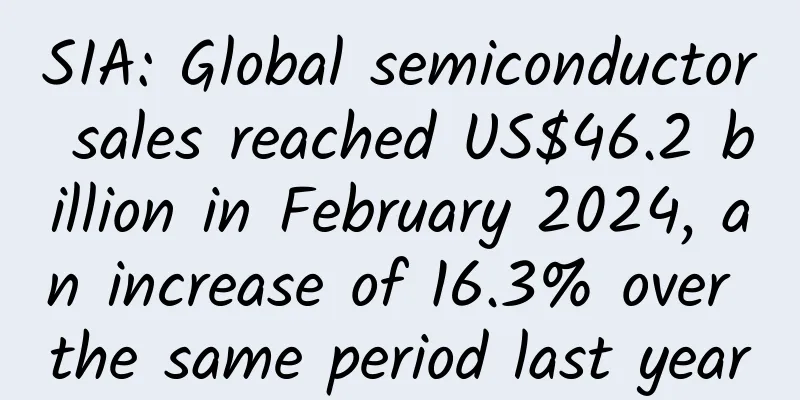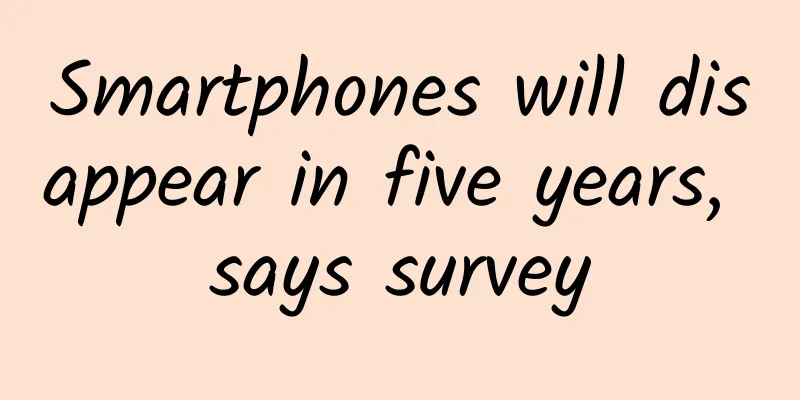The "security police" of the greenhouse effect is called CCUS?

|
Author: Duan Yuechu Introduction: As the global climate change problem becomes increasingly serious, reducing greenhouse gas emissions has become a top priority. Carbon capture, utilization and storage (CCUS) technology is gaining more and more attention as a potential solution. This article will introduce the working principle of CCUS technology, existing technologies and their applications, as well as Aramco's cutting-edge exploration in this field. 1. How does CCUS technology work? CCUS technology mainly achieves the capture, utilization and storage of carbon dioxide through the following steps: 1. Capture: CCUS technology can capture CO2 emissions at the source or directly from the air. Capture methods include pre-combustion, post-combustion or oxy-combustion technologies, as well as direct air capture (DAC). 2. Transport: The captured CO2 emissions are then transported to a storage location. The transport method can be pipelines, ships or other means of transport. 3. Storage: CO2 is injected into geological structures, such as oil and gas reservoirs or rock formations, to achieve long-term storage and prevent it from entering the atmosphere. 4. Utilization: The captured CO2 can be used to produce industrial products such as cement, chemicals, fuels, etc., or converted into other valuable materials. 2. Types and Applications of CCUS Technologies 1. Capture technology: Capture CO2 from exhaust or reformed gas using pre-combustion, post-combustion or oxy-combustion technologies. 2. Storage technology: The captured carbon dioxide is deposited in geological structures, such as oil reservoirs and gas reservoirs. 3. Enhanced oil recovery: By injecting carbon dioxide, the properties of the reservoir are changed and the efficiency of oil extraction is improved. 4. Utilization technology: The captured carbon dioxide can be directly used in cement production, or converted into chemicals, fuels, etc. 5. Mobile carbon capture technology: Capturing CO2 from mobile sources (e.g. cars, trucks) and storing it on board ships for later storage or utilization. 6. Bioenergy Carbon Capture and Storage Technology: Extracting and storing carbon dioxide from biomass, which is itself a renewable energy source. 3. Aramco’s Exploration in CCUS As the world's largest integrated energy and chemicals company, Aramco has been committed to promoting the development and application of CCUS technology. The following are some of Aramco's latest projects in the field of CCUS: 1. Enhanced Oil Recovery: A carbon capture and storage demonstration project is underway at the Uthmaniyah reservoir in Saudi Arabia to enhance oil recovery and reduce carbon dioxide emissions. 2. Construction of a CCUS Center in Jubail: Working with partners SLB and Linde to build one of the world’s largest CCUS centers in the Jubail Industrial Zone in Saudi Arabia’s Eastern Province. 3. Promote changes in transportation technology: Develop mobile carbon capture and storage technology to reduce CO2 emissions from cars and trucks. 4. Protecting mangroves and cultivating algae: Converting carbon dioxide into valuable bioproducts by protecting, planting and restoring mangroves, and cultivating algae. Summary: CCUS technology, as an important means to reduce greenhouse gas emissions, has great potential and application prospects. Aramco's exploration and project practice in the field of CCUS have provided strong support and reference for the global carbon emission reduction cause. With the continuous development and improvement of technology, CCUS technology will play an important role in addressing global climate change issues. References: |
Recommend
If you don’t drink a bowl of bean juice, you haven’t been to Beijing. Where does the charm of “stinky” come from?
As autumn deepens, Beijing begins to enter the mo...
Build a live broadcast operation system from 0 to 1!
More and more To B companies are starting to do l...
Don't buy it anymore! The flower you bought may be a national second-level protected plant! Be careful of breaking the law
Expert of this article: Rong Hai, plant science w...
Many Internet celebrity food stores have "turned over", these 5 types of food are very dangerous after spoiling
Key Points ★ Even if part of the fruit is rotten,...
The competition in new energy sources has started a new round of elimination. How can domestic brands innovate the old overseas expansion paths of Japanese and Korean brands?
It is almost well known that Japanese cars are se...
Liandi Commercial launches new mobile payment terminal M37Q
At the end of the year, the consumption boom has ...
Attention! What you are drinking may be Aspergillus flavus, not golden camellia tea!
China is not only a major tea producer, but also ...
Let’s talk about 5 aspects: How to do brand cross-border marketing?
Cross-border marketing is the process of combinin...
Core Consulting: Commercial Vehicle Market Forecast Research Report for December 2021
1. Industry Insights Jiefang launches new high-en...
Event planning and promotion: a universal event planning solution!
There is actually no shortcut to planning an even...
Xiaohongshu’s marketing mechanism for pushing popular articles!
This article analyzes the hottest articles on Xia...
Product activity operation and promotion planning plan!
Activities are a very important way to quickly at...
The universal formula for operating private domain traffic in offline stores!
How to create private domain for offline stores? ...
Online event promotion planning and solution analysis
For operators, event operation is a very importan...
China releases five-year plan to become a space power. What are the space dreams of China, the United States and Europe?
On January 28, 2022, the State Council Informatio...







![[Creative Cultivation Program] Uncovering the survival secrets of the "ugly and cute" Oriental fish 390 million years ago](/upload/images/67f265e307939.webp)

